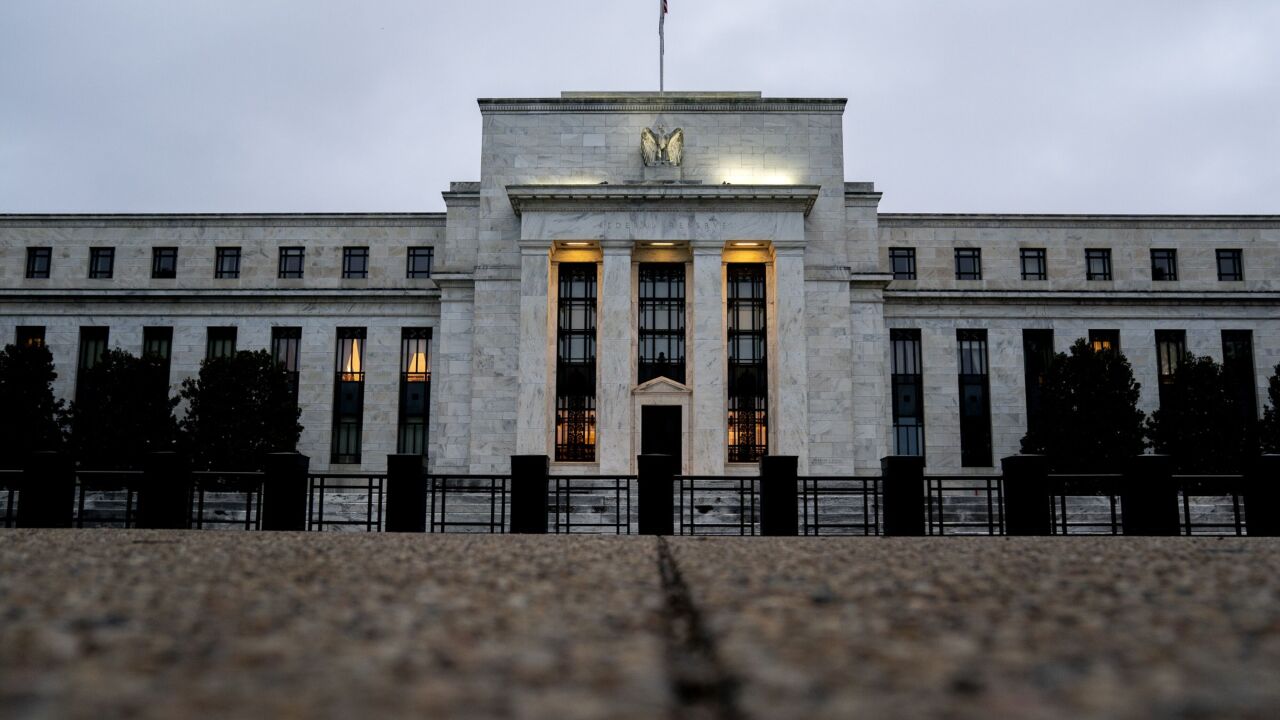Falling Treasury yields and sticky mortgage rates are setting the stage for a mini refinance boom, potentially unlocking savings for millions of high-rate homeowners
Approximately 5.4 million mortgages originated between 2022 and this year have rates starting at 6.5%, including 2.5 million which are at or above 7%. Obviously, it is "a growing pocket of refinance opportunity," the latest ICE Mortgage Monitor pointed out.
Meanwhile, borrowers who got their mortgage between 2022 and 2024 were far more likely to return to their servicer for their next loan, the data showed.
In the immediate aftermath of
The yield on the 10-year Treasury opened its trading just below 4% on Monday, although it was at 4.03% by 9:30 a.m., and to 4.11 by 11 a.m. That is still lower than the March 27 peak of 4.37%.
Interest rates in a narrow range
The 30-year fixed interest rate has been stuck in this narrow band
Zillow's rate tracker put the 30-year FRM at 6.68% Monday morning, down by 4 basis points from last week's average rate of 6.72%.
The largest concentration of recent originations, approximately 1 million mortgages, have rates around 6.875%. An average of 730,000 loans is in each 12.5-basis-point band between 6.5% and 6.875%, which means borrower incentive to refinance could spike if rates slip into the low-6% area, the Mortgage Monitor said.
In the fourth quarter last year, 383,000 mortgages were refinanced, the most since the Federal Open Market Committee started its short-term rate increase program in the middle of 2022.
Servicer retention improves
In the fourth quarter, servicer retention of borrowers was at its highest level in three years, at 30%, the report noted. That makes
The retention rate for rate-and-term refi applicants was 35%, while for cash-out borrowers it was 26%. As a sign that borrowers were happy with their current provider, servicers retained 43% of 2023 vintage loans, and 46% of 2024.
Some 30% of the fourth quarter refi activity was for borrowers whose prior mortgage originated in 2023; 70% was from loans produced between 2020 and 2024.
"Borrowers lost to the market are refinancing at higher interest rates than those being retained on average, suggesting borrower identification and marketing, rather than pricing, may be to blame for lost refinancers; servicers could benefit from available tools for identifying prepayment risk and engaging with customers to retain those relationships," the ICE Mortgage Monitor said.
Spreads widening
The cloud on the falling mortgage rate horizon is the spread between the 10-year Treasury and 30-year FRM. After falling below 230 basis points in late 2024 (which is still higher than the norm of between 150 basis points and 200 basis points), those have been widening in recent weeks, back between 230 basis points and 240 basis points. Optimal Blue data for April 3 was above this range, putting the spread at 243 basis points.
"Mortgage rate futures have fluctuated throughout the month as well, as the market works to digest new trade policies along with incoming economic data," the ICE report said.
The pricing in the futures market implies expectations that the 30-year should drop below 6.4% by September. But the report pointed out investors had priced futures for the 30-year FRM below 6.3% earlier in March.
Those falling rates caused Fannie Mae to improve its home sales outlook.
Price growth slows
An enhanced ICE Home Price Index found in early March that home price growth had decelerated to 2.2%, helping affordability. This follows
Local markets have largely cooled, "with 90% percent of U.S. markets experiencing slower home price growth compared to three months ago," said Andy Walden, head of mortgage and housing market research for ICE, in a press release.
"This trend is being driven by improved inventory levels, which are up 27% over last year, and stabilized mortgage rates, which dipped below 6.6% in early March and have been holding in the 6.6%-6.7% range," he said.
Condo prices drop
Meanwhile, condominium prices dipped nationwide, most notably in Florida markets like North Port, down 9.4%; Lakeland, down 7%; Tampa, down 5.8%; Orlando, down 4.4%; Jacksonville, down 4.4%; and Miami, down 2.8%.
Natural disasters such as Hurricanes Helene and Milton that impacted Florida have led to
"While falling condo prices can erode equity levels among existing condo owners, they also afford modest relief to those looking to prospective home buyers," Walden said. "In fact, 95% of U.S. markets have experienced at least slight improvements in affordability compared to a year ago."





